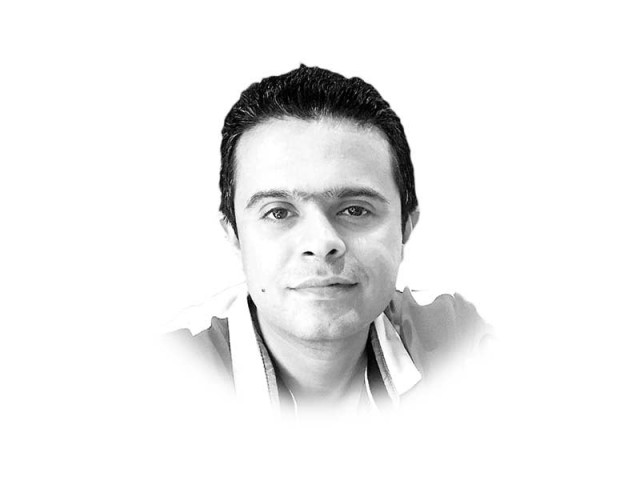Kamyab Pakistan Programme
The government will provide 100% credit risk cover to commercial banks and will also pick up the interest cost

The Rs3.7 trillion Kamyab Pakistan Programme (KPP), promising interest-free loans for seven million families, is the most ambitious micro-credit programme ever planned in Pakistan. It has three components: Kamyab Jawan, Naya Pakistan low-cost housing, and Sehat Insaaf cards. The Kamyab Jawan in turn includes Kamyab Karobar providing loans worth Rs1.2 trillion to 3.5 million small entrepreneurs and Kamyab Kissan offering loans of Rs700 billion to 2.4 million small farmers. The Sehat cards and the National Skills Development programme are also being linked with KPP, with the latter being rebranded as Kamyab Hunermand. For low-cost housing, the government aims to disburse Rs1.8 trillion to 1.2 million families.
In essence, the KPP brings together a number of existing schemes under one umbrella, but on a substantially enhanced scale. In addition, the programme has incorporated a number of design improvements. Firstly, the KPP aims to engage micro-finance providers (MFPs), which have so far been largely excluded from these schemes. The MFPs with their vast reach will be able to serve a much wider population, addressing low offtake faced by existing schemes. Secondly, the KPP will be leveraging liquidity in the banking system and not the government funds. With such an approach, the government will be able to leverage its subsidy 15 times in the first year. This multiplier, however, would come down to 3 in later years.
The government will provide 100% credit risk cover to commercial banks and will also pick up the interest cost. The commercial banks in turn will lend interest-free money to MFPs, rural support programmes and housing finance companies, which will offer loans to the ultimate beneficiaries. The government will pay 8% operational expenses to the MFPs and also provide a first loss risk cover of 10%.
The model is inspired by Akhuwat, which provides interest-free credit at a phenomenally low cost (6%), financed by philanthropic contributions and a few government programmes. I spoke to Dr Amjad Saqib, the founder of Akhuwat, and his premise is that if industrialists can enjoy low-cost credit, why poor people have to pay excessive interest. It is hard to argue with that.
However, the government must also consider KPP’s implications for the micro-finance (MF) sector, which has grown significantly over the years, with more than 8 million active borrowers, an outstanding loan portfolio of nearly Rs340 billion and 46 micro-finance providers. Since most MFPs cannot raise funds directly, their cost of capital is high, leading to 25% or higher interest rate. The interest-free loans therefore will be irresistibly attractive for micro-finance borrowers and can potentially alter the microfinance landscape forever.
Within 5 years, the outstanding loan portfolio will grow by 5 to 6 times. All the MFPs would transition to interest-free scheme and move away from market-priced models. If KPP could run forever, there is nothing better; but if it is ever rolled back, it would push the MF sector many years back.
One way to address this problem could be to go for segmentation based on poverty scores and let the market-priced and interest-free models coexist. The borrowers can also be categorised across bands, with successively increasing cost of borrowing as the incomes and poverty scores improve. The 8% operational subsidy is another bone of contention for MF players, which according to them is too low. The government therefore must engage with the sector on these issues and find a workable solution.
Nevertheless, the cash injection on this massive scale will provide a big stimulus to the economy. Considering that this money is directed towards the very bottom, the disbursement of Rs315 billion in the first year can add as much as 1% to the GDP growth this year, and possibly much more in the years to come.
Published in The Express Tribune, August 17th, 2021.
Like Opinion & Editorial on Facebook, follow @ETOpEd on Twitter to receive all updates on all our daily pieces.















COMMENTS
Comments are moderated and generally will be posted if they are on-topic and not abusive.
For more information, please see our Comments FAQ